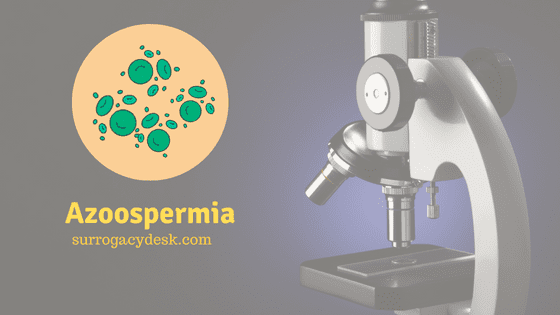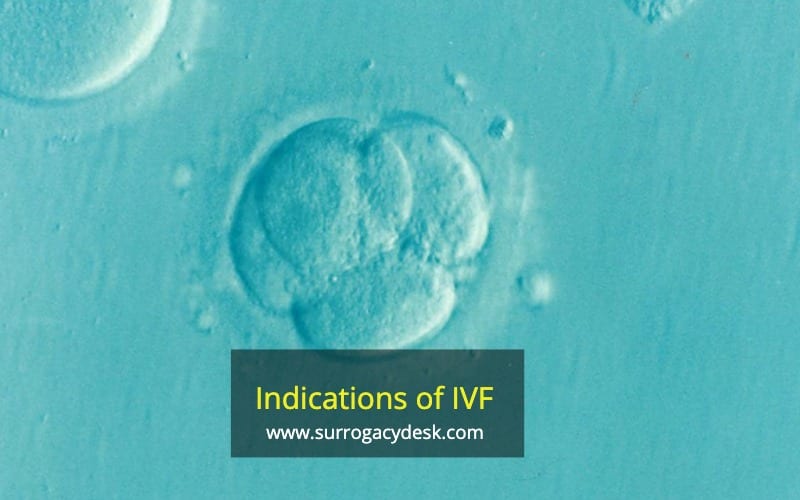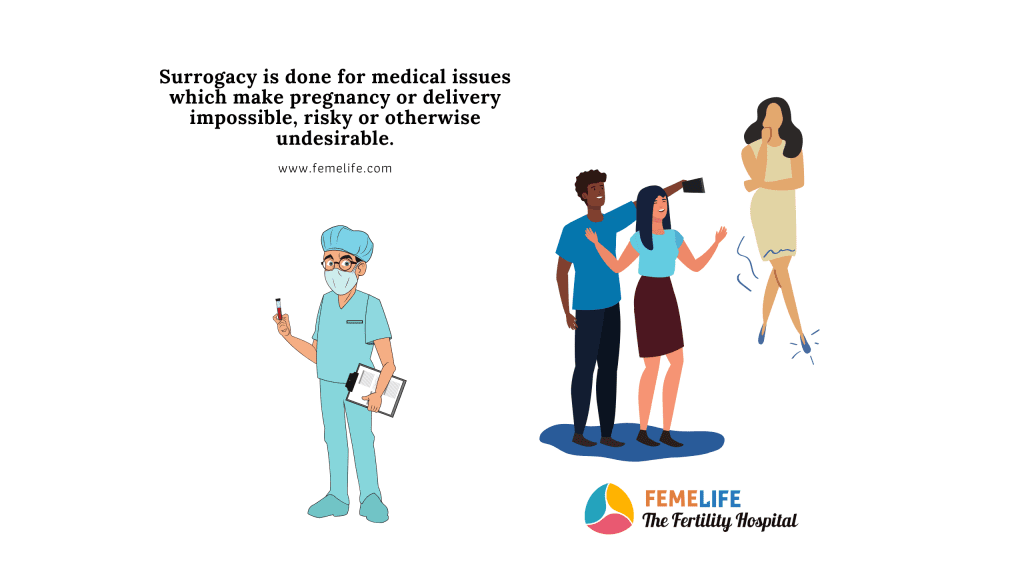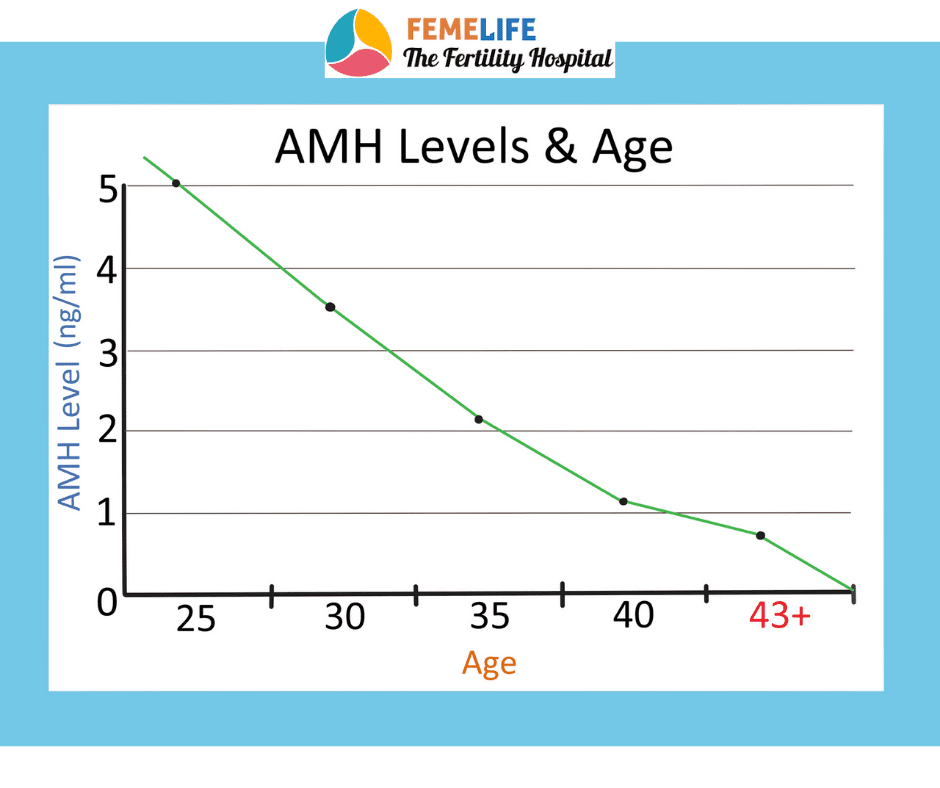What is azoospermia?
When there are no sperm in a man’s ejaculate (also known as semen), it is known as Azoospermia. Sperm is typically produced by the testicles in a man’s scrotum. Via the male reproductive system, sperm travel and combine with fluid to make semen. The thick, white fluid that is expelled from the penis during ejaculation is called semen. Five to ten percent of men who are assessed for infertility have Azoospermia. This disorder may be a present at birth or could appear later in life. At Femelife fertility we check the semen at least twice before declaring azoospermia.
How does it present?
Azoospermia is of two types:
Obstructive :
Here sperm production is normal but the reproductive tracts of both testicles are clogged. This indicates that no detectable sperm may enter the semen. But, in these men sperms are found inside the testes which cannot be used for natural fertility. However by surgical methods we can take out sperm and use for fertility treatment. These men can have their biological children by ICSI with PESA. Your doctor can find out this condition by checking your hormones. You will have normal FSH and LH hormones in obstructive azoospermia.
Non Obstructive :
It is a type of poor sperm production. Males don’t make enough sperm for it to be noticeable in their semen. Non-obstructive Azoospermia is still difficult to cure, but in some situations, we can help return sperm to the semen owing to developments made by our specialists and others. It is difficult for these men to have their own biological children.
What causes obstructive azoospermia?
The components with the most obstructions are the:
- Epididymis: The epididymis, a coiled tube on the rear of each testis, is where sperm develop.
- Vas Deferens: the tube that carries sperm out of the epididymis.
- Ejaculatory Duct: the tube where the sperm depart the body and combine with fluid to create semen in the urethra
- Epididymis Blockage:
An obstruction in the epididymis can result from a number of conditions:
- Infections (such as epididymitis)
- Inflammation
- Scrotal trauma/injury
- Rare genetic disorders: They may prevent development or lead to abnormal growth. Cystic fibrosis can result in thicker secretions, which can cause a buildup and semen to become trapped. This can occasionally be a concern for males who have the cystic fibrosis gene mutation but have no other symptoms of the condition.
- Surgery of the Vas: A vasectomy involves the surgeon cutting or clamping each vas deferens to halt the flow of sperm. Yet, other circumstances can have a similar effect:
- Trauma/injury
- previous surgeries for other conditions, such as hernia repair
- Cystic fibrosis gene mutations, which can prevent the urethral connection from forming normally.
- The blockage or connection can frequently be repaired by microsurgical surgery.
Ejaculatory duct blockages:
During birth, certain ejaculatory duct obstructions exist (congenital). Others emerge later (acquired), originating from:
- Infections
- Trauma
- Prior surgery
- Endoscopic surgery typically works to clear the obstruction and return sperm to the semen.
Treatment for azoospermia
Surgery can frequently open up blocked tubes in the reproductive system or create connections where there were congenital abnormalities. Our medical professionals are skilled in delicate procedures to treat obstructive Azoospermia and restore sperm flow in a secure and efficient manner. Understand obstructive Azoospermia well. There are many additional options available if surgical reconstruction is not an option or if you choose to avoid it. Our experts are capable to extracting sperm from the
- Sperm are produced in the testicles,
- The epididymis, a tube nearby, and in the vas deferens, a tube that receives them.
By using retrieved sperm, we try to conceive through in vitro fertilization (IVF).
Obstructive Azoospermia and Microsurgery
Microsurgery has a lengthy history and is a tried-and-true method. General anesthetic puts you to sleep entirely. The scrotum is cut in a minor incision by the doctor. Your doctor gently removes the obstruction or replaces the lost connection, seals the incision, and does this using sophisticated tools and high-powered magnification. Microsurgery to fix issues with the vas deferens and the epididymis.
Obstructive azoospermia and endoscopic surgery
A smaller incision is used during endoscopic surgery, which is minimally invasive. During surgery, general anesthesia is used to put you to sleep fully, and local anesthetic is also used for your comfort. A particular scope is used by the doctor during surgery. It is a very thin, flexible tube with a camera, light, and magnification within. The picture is displayed upon a monitor for guiding. The urethra is carefully threaded with the scope, negating the need for an incision. Cleanly remove the obstruction. To fix issues with the ejaculatory duct—the tube from which sperm escape into the urethra and combine with fluid to make semen—endoscopic surgery is used.
Causes of non obstructive azoospermia
Nonobstructive Azoospermia can have a variety of reasons, including
- Genetics
- Y Chromosome deletion
- Karyotypes abnormality
- Radiation and toxins
- Medications
- Hormone imbalances
- Varicocele
Additional causes of nonobstructive Azoospermia include smoking, binge drinking, and illegal drug usage.
What is sperm extraction?
We can add sperm back to the semen in certain men with nonobstructive azoospermia. In the event that this is not feasible, however, we are able to locate little pockets of testicles that are still making sperm—not enough for it to reach the reproductive canal, but yet enough to assist in becoming a biological father. Even if each testis may only hold a small number of sperm, that is the fact.
Sperm Extraction: What to expect?
The idea is to keep your testicles as safe as possible while yet giving you the best chance to find sperm. We regularly combine two top technologies to achieve that.
- Sperm mapping
- Microscope-assisted testicular sperm extraction (mTESE)
Using Intracytoplasmic sperm injection (ICSI), which only needs one sperm, or in vitro fertilization (IVF), we utilize the retrieved sperm to fertilize your partner’s eggs. Our partners are recognized worldwide experts in identifying sperm in testicular tissue and utilizing that sperm to fertilize eggs. Men with obstructive azoospermia who want to avoid corrective surgery can also choose for extraction; because to their greater sperm count, we can perform identical but less invasive operations on them.
Sperm Mapping in azoospermia
Sperm mapping offers a less intrusive method for finding and recovering sperm. This method increases recovery effectiveness and reduces the need to remove testicular tissue, which cannot be replaced. Several testicular areas are sampled during mapping; if we locate enough viable sperm for conception, we do not need to go any more. The treatment has a very low complication risk, and patients recover well, often in a few days.









